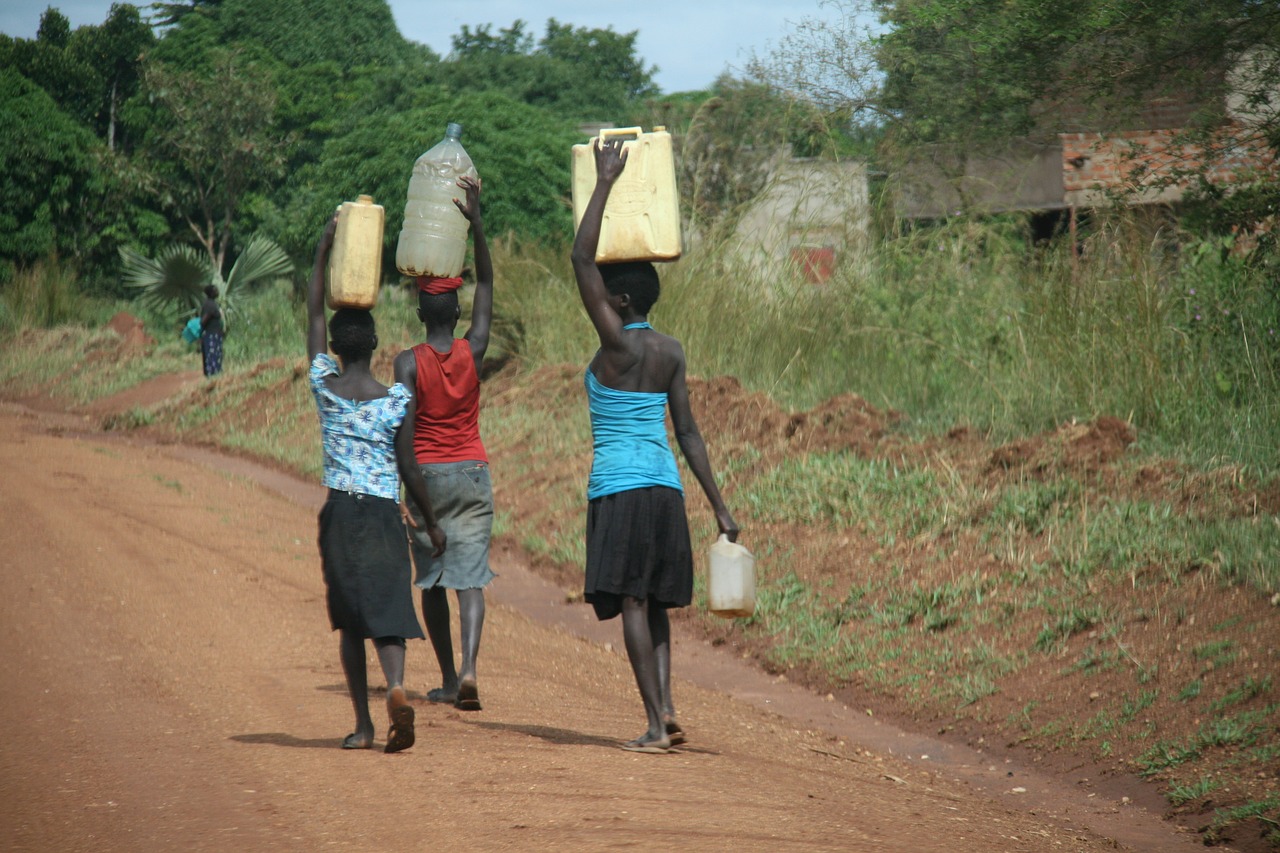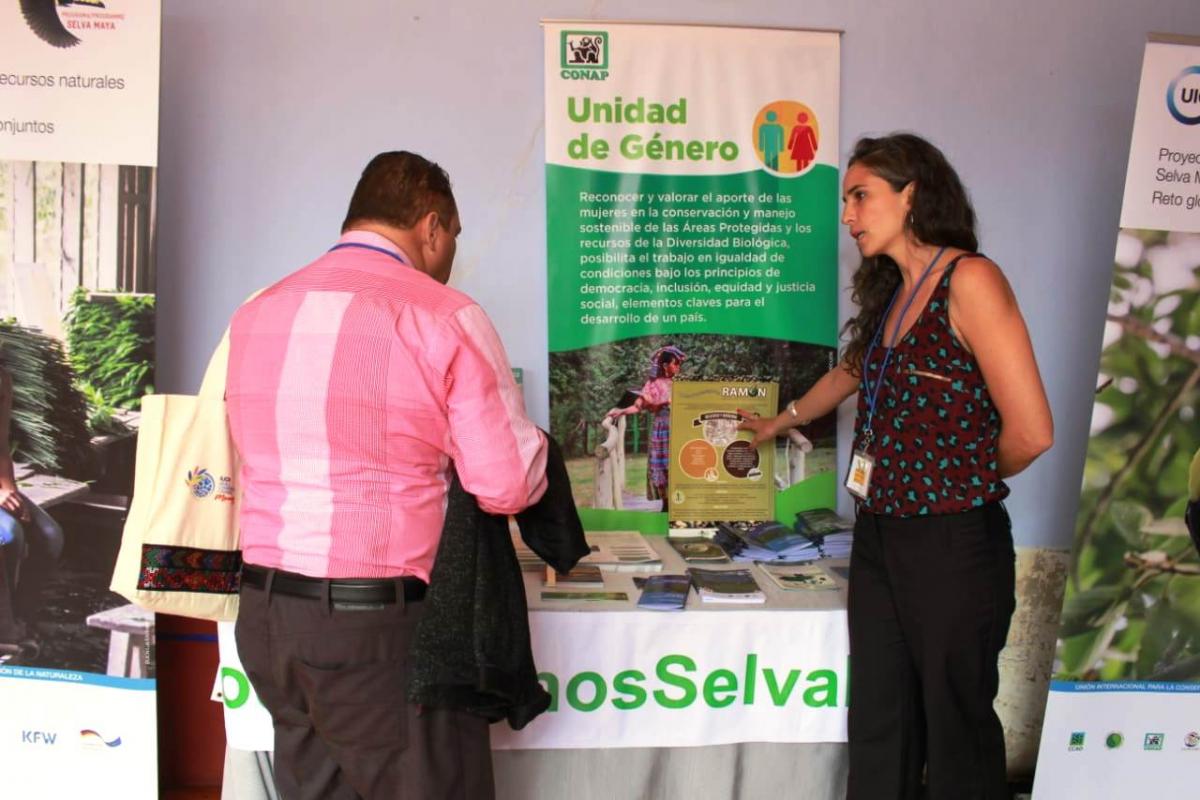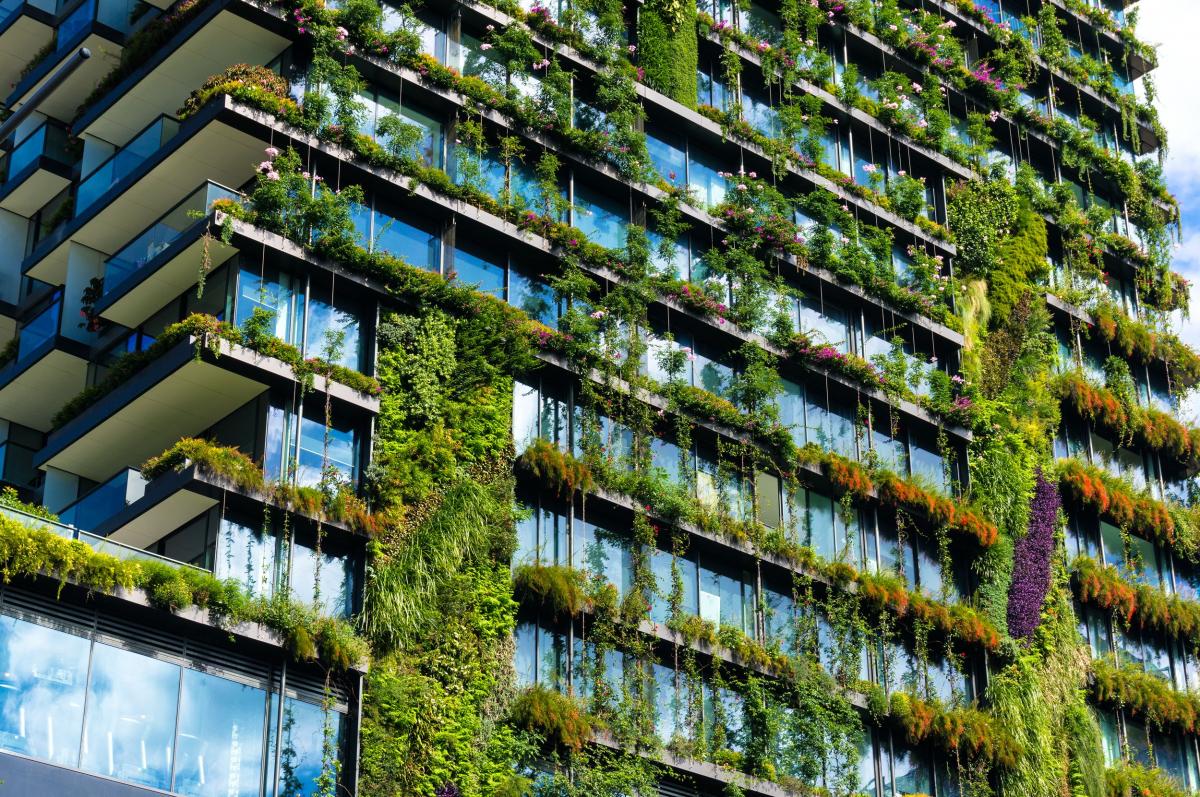The role of women in water governance
In January 1992, five hundred governmental and non-governmental water experts gathered in Dublin, Ireland at the International Conference on Water and Environment to discuss the future of global water governance in a changing climate. The guiding principles that emerged from this Conference recognised the essential role of women in water management. Principle 3 of the Dublin Statement establishes that “women play a central part in the provision, management and safeguarding of water”, and therefore, positive policies need to be adopted not only to address the specific needs of women with regard to water but also to empower them to participate “at all levels in water resources programmes, including decision-making and implementation”.

Women carrying water
Photo: S. Zappi on Pixabay
This statement from the international community acknowledged that although women were and are still today the primary provider of water resources in households around the world, they are rarely involved in making decisions about the management of these water resources.[1]
Three decades later, the world is still far from achieving gender equality in water and sanitation. The challenges that women were facing then with regard to water use, collection and management are now exacerbated by the consequences of climate change. Around the world, women and girls are more often responsible for collection and management of water in the household. According to a UN Women study based on data from 61 countries, in 80% of water-deprived households, women and girls carry the burden of water collection.[2] As water scarcity, heatwaves and droughts become more widespread, women and girls find themselves walking greater distances to fetch water. In many cases, this can affect girls’ chances of being enrolled in school as studies have shown that a one-hour time reduction in water collection can increase the rate of girls’ school enrolment.[3]
In addition to this, safe and affordable access to sanitation and hygiene for women is still hard to come by. Water, sanitation and hygiene (WASH) are essential to the fulfilment of women’s rights as well as their economic and social development. Ensuring safe and widespread access to WASH for women and girls contributes to gender equality and their inclusion in society.[4] This is also critical when talking about menstrual hygiene management, which still carries significant stigma and is considered taboo in many areas around the world. Consequently, until recently, menstrual hygiene was completely overlooked in sanitation policies and programming, further excluding women and girls from public life.[5] In many cases, it means that, during this time, girls have to miss school and women are sometimes forced to stay home, missing out on a day’s income.
Women represent a significant part of the stakeholders involved in everyday water use and management, but, as of 2014, made up less than 17 % of the WASH labour force in developing countries.[6] Their underrepresentation in technical jobs and leadership roles in the WASH sector, that can be due to cultural barriers but also the fact that they are less likely to own the land where water springs from[7], can in fact hinder the efficiency of water management. In fact, a growing amount of evidence shows that involving both women and men can “increase project effectiveness” and “improves the likelihood of sustainability”, according to a UNDP study of 44 water schemes in Asia and Africa[8]. At the national level, women can lead towards more inclusive water and sanitation strategies that integrate women’s concerns. Overall, to fully understand the gender roles in water use and management and the challenges that women and girls may face with regard to access to water and safe sanitation, it is essential to collect more and better data that is disaggregated by sex and takes into account the intersectionality with other factors (such as class, ethnicity or wealth) that may affect access to WASH.
The IUCN Environmental Law Centre aims to explore these issues relating to gender, water governance and sanitation in a new paper set to be published during World Water Week 2021. This report will focus on the gender inequalities in WASH, the importance of adopting gender-inclusive policies and empowering women through equal participation and leadership in water management bodies, and finally the recognition of women’s unique knowledge with regard to water resources.
(Prepared by Léah Khayat, IUCN Environmental Law Centre, March 2021)
[1] http://www.wmo.int/pages/prog/hwrp/documents/english/icwedece.html
[2] UN Women. Gender Equality in the 2030 Agenda: Gender Responsive Water and Sanitation Systems Issue Brief. 2018.
[3] The World Bank, Access to Water, Women’s Work and Child Outcomes, G. Koolwal, D. van de Walle, 2010
[4] GenderCC.Topic Review: Gender and Water. 2019
[5] UN Women. Gender Equality in the 2030 Agenda: Gender Responsive Water and Sanitation Systems Issue Brief. 2018.
[6] https://www.wri.org/blog/2018/10/women-are-secret-weapon-better-water-management
[7] Fauconnier, I., Jenniskens, A., Perry, P., Fanaian, S., Sen, S., Sinha, V., Witmer, L. (2018). Women
as change-makers in the governance of shared waters. Gland, Switzerland: IUCN, viii + 50pp.
[8] UNDP & GWA, Resource Guide: Mainstreaming Gender in Water Management, 2006



